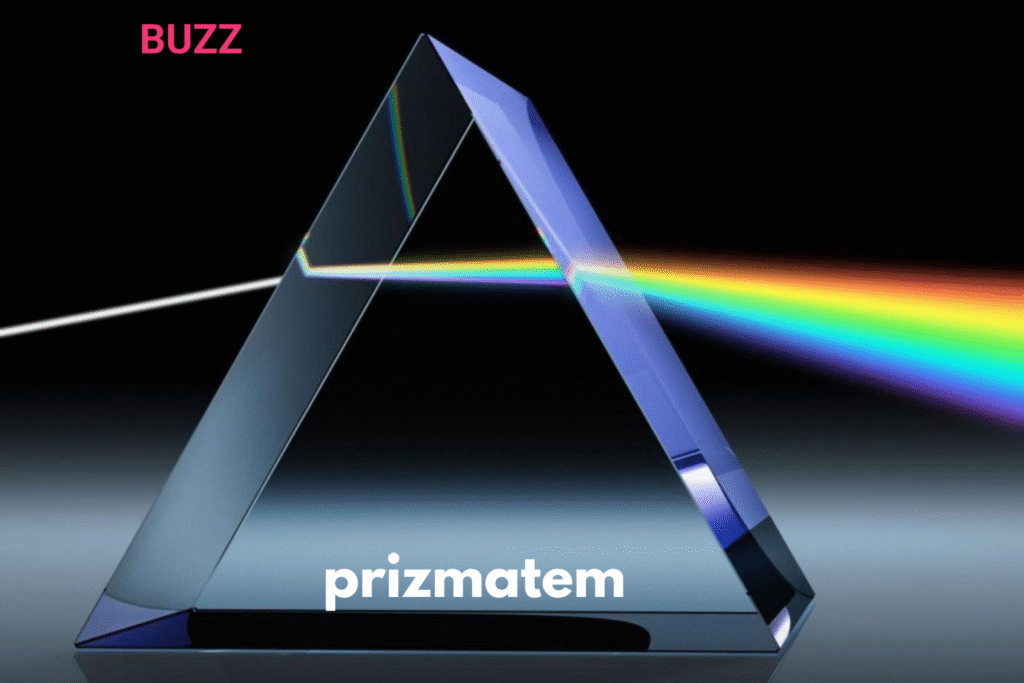Introduction
In an era where technology and design increasingly intersect, Prizmatem is emerging as a term associated with innovation, adaptability, and precision. Drawing inspiration from the optical behavior of a prism, Prizmatem symbolizes the concept of breaking down complex structures—whether digital, visual, or material—into smaller, more manageable components. This approach is transforming industries from augmented reality to material sciences, enabling better performance, creativity, and integration.
In this guide, we will explore what Prizmatem means, how it works in different contexts, and why it could be the next big trend in visual technology, digital transformation, and optical materials.
What Is Prizmatem?
At its core, Prizmatem refers to a modular, prism-inspired system that decomposes complex visuals, data, or materials into layered, interactive elements. This concept can manifest in different forms depending on the industry:
- In visual tech: It is a framework for interactive design, used in AR/VR, gaming, and smart displays.
- In data systems: It functions as an integrated architecture, enabling cross-platform adaptability.
- In material science: It can be an optical composite material made with micro-prisms for improved light transmission.
The central idea behind Prizmatem is adaptability—just as a prism refracts light into a spectrum, this concept breaks complexity into actionable parts.
Also Read: What is DigitalEdge.org? A Deep Dive into the Platform Empowering Tech-Savvy Readers
The Technology Behind Prizmatem
Prizmatem’s technology can be described in three major pillars:
Modular Design
Prizmatem thrives on the divide-and-conquer approach—splitting complex designs or systems into manageable modules. This makes updating, repairing, or scaling systems much easier.
Multi-Layered Architecture
Just like a prism has different refractive surfaces, Prizmatem often uses layered architecture. This allows various components (visual, data, or mechanical) to work in harmony while remaining independently adjustable.
Intelligent Integration
Prizmatem can integrate with AI, IoT, blockchain, and cloud computing, allowing real-time data processing and automation.
Applications of Prizmatem in Modern Industries
Prizmatem’s adaptability makes it a valuable asset across multiple sectors.
| Industry | Example Use Cases |
|---|---|
| AR/VR & Gaming | Immersive 3D visuals, responsive environments, multi-layer animation rendering |
| Smart Cities | Integrated infrastructure dashboards, traffic and energy monitoring |
| Healthcare | Medical imaging enhancements, modular device designs |
| Architecture | High-transmission glass panels, lightweight optical structures |
| Education | Interactive learning platforms, multi-perspective content presentation |
Step-by-Step Guide: Implementing Prizmatem in Digital Projects
If you’re looking to integrate Prizmatem’s principles into a digital or product design workflow, here’s how to start:
Step 1: Identify Complexity
Determine the components in your project that could benefit from modularity or layered visualization.
Step 2: Break into Modules
Separate the project into manageable, self-contained units—whether they are code modules, UI layers, or physical parts.
Step 3: Integrate Multi-Layer Functionality
Incorporate features that allow these modules to work together but still be upgraded or replaced independently.
Step 4: Apply Intelligent Systems
Use AI or automation tools to ensure your modules communicate efficiently.
Step 5: Test for Adaptability
Run simulations or prototypes to ensure the system can adapt to changes without breaking functionality.
Future Potential of Prizmatem
Prizmatem is still a developing concept, but it holds promising potential:
- Dynamic UI/UX experiences in metaverse platforms
- Smart building materials with energy efficiency
- Data visualization tools for real-time decision-making
- Lightweight optical devices for drones, cameras, and medical tools
As industries demand scalable, interactive, and lightweight solutions, Prizmatem could become a foundational technology.
Also Read: About Vortalzure3.0.0.7 Software Now: Complete Guide
Conclusion
Prizmatem is more than a buzzword—it’s a vision of how modular design, intelligent integration, and layered systems can work together to enhance technology, creativity, and efficiency. Whether you’re a developer, designer, or engineer, understanding Prizmatem’s principles can open doors to creating future-ready solutions that are adaptable and sustainable.
FAQs
1. Is Prizmatem a physical product or a concept?
It can be both—a concept applied in design and technology, or a physical optical material in certain industries.
2. How is Prizmatem used in AR/VR?
It allows developers to create layered, immersive environments with better depth and interaction.
3. Can small businesses use Prizmatem-based systems?
Yes, especially in modular software design and adaptive website frameworks.
4. Is Prizmatem only for tech industries?
No, it also applies to architecture, healthcare, and education through its modular and optical applications.
5. What makes Prizmatem different from traditional systems?
Its modularity, adaptability, and ability to integrate multiple technologies set it apart from rigid, single-purpose systems.



